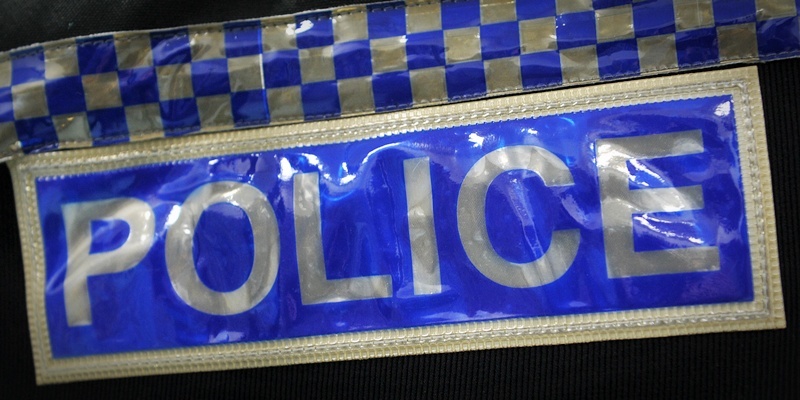Controversial plans for a single police force should have a minimal impact on the public, one of Tayside’s most senior police chiefs has predicted.
Superintendent Jim Leslie told The Courier of his hopes for a ”seamless” transition under the plan, designed to lead to savings of £130 million a year.
The changes, set to be implemented next year, will also result in the introduction of a single, unified Scottish Fire and Rescue Service.
As Scotland gears up for the change, old divisional structures in Tayside have been removed. Mr Leslie said that was an important ”stepping stone” toward the introduction of a single, nationwide force.
The saving of £130 million a year would amount to some £1.7 billion over 15 years.
Justice Secretary Kenny MacAskill insists the move will bring local services to the heart of Scottish communities.
The changes are included in the Police and Fire Reform (Scotland) Bill, which has been designed to create ”strong links” between the police and local authorities.
Under the new regime, localised policing plans will have to be approved by local authorities.
Mr Leslie said he is satisfied with preparations for the move to a single force and spoke of how he hopes it will appear seamless to the public.
”We are obviously a single division (in Tayside) now,” he told The Courier. ”We are now into the second week of it and hopefully no one will have noticed a difference.
”We worked as a single division from April 2 and hope and expect that the public will not be affected.
”We will notice the change but that is inward facing. Obviously this is a stepping stone to next year when the Scottish single police force comes into being. This helps us to be in a better place for the transition next year.”
Continued…
Mr Leslie admitted that when the change to one Scottish force comes it will be a ”huge step”. However, he is confident it will prove effective.
”It is a huge step but to be honest I don’t think our officers have really thought about it,” he added.
”At the moment officers can be transferred within the force in Tayside but the Scottish Government have said our conditions will change and this could mean officers being transferred to Argyll. Our officers have some concerns over uncertainties like that.
”It is an interesting time for the police but it does come with some challenges.”
Chief Superintendent Roddy Ross who was previously in charge at Western Division moved to help with the new Scottish force in January at the Scottish Police College at Tulliallan, and Mr Leslie feels he is well equipped for the role.
”It is good having someone like Roddy there,” he said. ”His experience will be valuable.”
Mr MacAskill has said the reasons for police reform ”are clear”.
”We have devised the strongest possible plans for the future of police and fire services in Scotland, which reduce duplication, not the quality of vital services,” the justice secretary said.
”We will not compromise on public safety and we will make sure that every community is served and served well.”
If the legislation is approved by the Scottish Parliament, the Police Service of Scotland is expected to go live on April 1 next year.
The bill will include establishing the Scottish Police Authority to hold the Chief Constable to account; regular, formal opportunities for the Scottish Parliament to scrutinise policing; a local plan for policing for each local authority area; and complaint reviews and investigation of serious incidents and criminal offences involving the police to be handled by one independent body, the Police Investigations and Review Commissioner.
